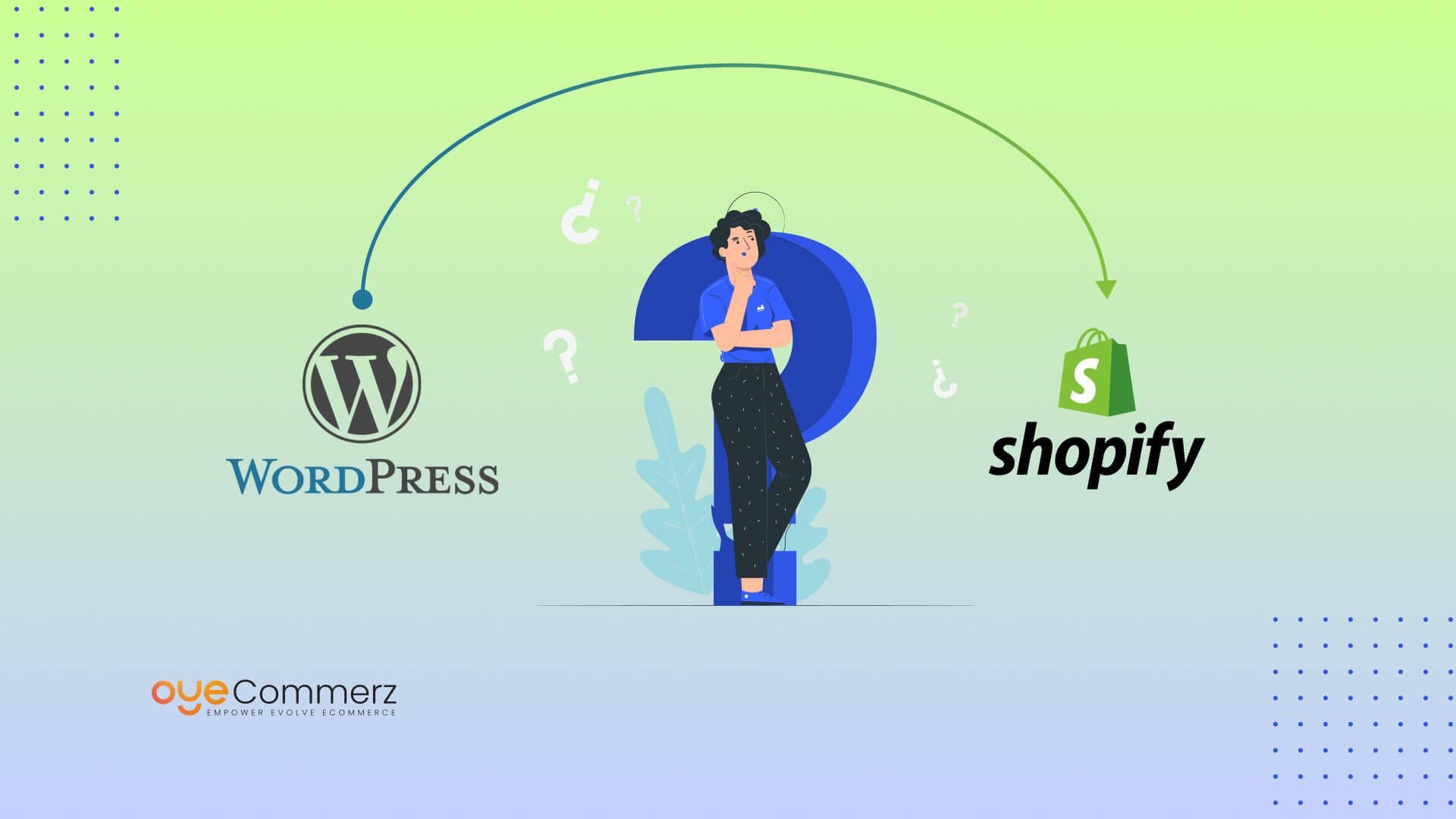Effortless Transition from WordPress to Shopify: A Comprehensive Roadmap for E-commerce Growth
Effortless Transition from WordPress to Shopify: A Comprehensive Roadmap for E-commerce Growth
Blog Article
Transitioning from WordPress to Shopify marks an promising step toward optimizing your online store operations. As companies expand, choosing a solution that supports growth potential, UX, and flexibility is essential. Shopify is widely recognized as a preferred choice for online merchants, offering unmatched flexibility, security, and user-friendliness. In this guide, we will delve into the transformative impact of this migration, highlight the advantages, and share practical tips to ensure a seamless transition.
1. Why Migrate from WP to Shopify?
WordPress, paired with WooCommerce, continues to support countless e-commerce platforms. However, as companies expand, challenges like reliance on plugins, data risks, and complex setups can hinder progress. Shopify, specifically created for digital retail, addresses these issues with an comprehensive, intuitive solution. Real data supports this shift—Shopify powers over 4.4 million websites worldwide, with a reported 10% increase in sales conversion rates for numerous merchants post-switch.
2. Shopify's Advantages for Thriving Online Stores
Shopify’s powerful platform caters for scaling brands. Its standout benefits include:
- Effortless Design Flexibility: Shopify provides over 80 expertly crafted themes.
- Built-in Features: Features like Shopify Payments and built-in SEO save time and effort.
- International Expansion: Multi-currency support and regional customization empower brands to reach global markets.
Additionally, Shopify delivers an uptime rate of 99.98%, guaranteeing your website remains accessible.
3. Preparing for WordPress to Shopify Migration
Prior to starting the migration process, evaluate your current store. Review inventory details, client information, and SEO performance. Resources such as Shopify’s Migration Kit or external tools help ease the transition. Develop a detailed strategy, ensuring all assets—product descriptions, images, and blog content—are optimized for transfer.
4. The Importance of Accurate Data Migration
Data migration forms the foundation for a smooth transition. When moving from WP to Shopify, prioritize:
- Product Information: SKU, item summaries, and groupings.
- Client Information: Emails, order history, and custom fields.
- Search Engine Considerations: Preserve meta tags, URLs, and forwarding paths to avoid SEO losses.
Leverage tools such as LitExtension to facilitate seamless migration while reducing mistakes.
5. Tailoring Your Shopify Store to Fit Your Brand
Post-migration, customizing your Shopify store helps it reflects your brand. Utilize Shopify’s drag-and-drop editor to design pages effortlessly. Shopify's themes are optimized for all devices, ensuring a seamless user experience across platforms—a key point, given 74% of online shopping is generated by mobile visitors.
6. How to Protect Your SEO Rankings When Switching Platforms
SEO is vital for maintaining your online presence during migration. Shopify excels in SEO with clean URL structures, preloaded features, and smooth content management. Ensure:
- Implement 301 redirects for old URLs.
- Optimize new pages with keyword-rich content.
- Leverage plugins like Plug in SEO to track analytics post-migration.
7. Post-Migration Testing
Once the migration is complete, conduct thorough testing.
Review: - Page load times (Shopify delivers faster speeds compared to WordPress).
- Payment integration reliability and checkout processes.
- Mobile responsiveness.
Testing ensures your store delivers a seamless shopping journey from the start.
8. Real-Life Success Story
An example of effective platform switching is Gymshark, a fitness apparel brand that transitioned to Shopify. Post-migration, the company experienced a 60% increase in mobile sales and significantly lowered site downtime. Shopify SEO setup This highlights the capabilities of Shopify in enhancing online business success.
9. Overcoming Common Migration Issues
Migration comes with challenges, such as data integrity and reconfiguring custom functionalities. However, Shopify’s robust support and third-party experts simplify the process. Partnering with experienced Shopify developers ensures a trouble-free transition.
10. Making the Switch: The First Step Toward Success
Custom Shopify developmentSwitching from WP to Shopify represents a forward-thinking approach to e-commerce. By addressing scalability, streamlining operations, and enhancing the customer experience, Shopify enables companies to thrive in challenging industries.
Final Thoughts
Switching from WP to Shopify is a strategic move that can significantly boost your e-commerce success. With a well-structured strategy, the right tools, and expert support, you can unlock new growth opportunities.
Excited to start the journey? Let’s discuss how our Shopify migration services can revolutionize your e-commerce platform. Contact us now, or ask yourself: Can your business afford to miss out on Shopify’s growth potential?
 Report this page
Report this page